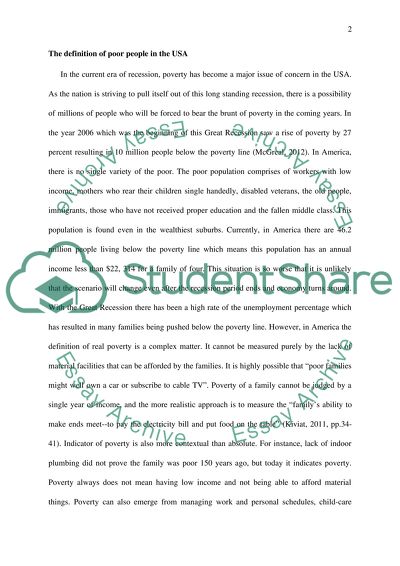Cite this document
(“The affects of poverty on health Research Paper”, n.d.)
The affects of poverty on health Research Paper. Retrieved from https://studentshare.org/sociology/1401204-the-affects-of-poverty-on-health
The affects of poverty on health Research Paper. Retrieved from https://studentshare.org/sociology/1401204-the-affects-of-poverty-on-health
(The Affects of Poverty on Health Research Paper)
The Affects of Poverty on Health Research Paper. https://studentshare.org/sociology/1401204-the-affects-of-poverty-on-health.
The Affects of Poverty on Health Research Paper. https://studentshare.org/sociology/1401204-the-affects-of-poverty-on-health.
“The Affects of Poverty on Health Research Paper”, n.d. https://studentshare.org/sociology/1401204-the-affects-of-poverty-on-health.


